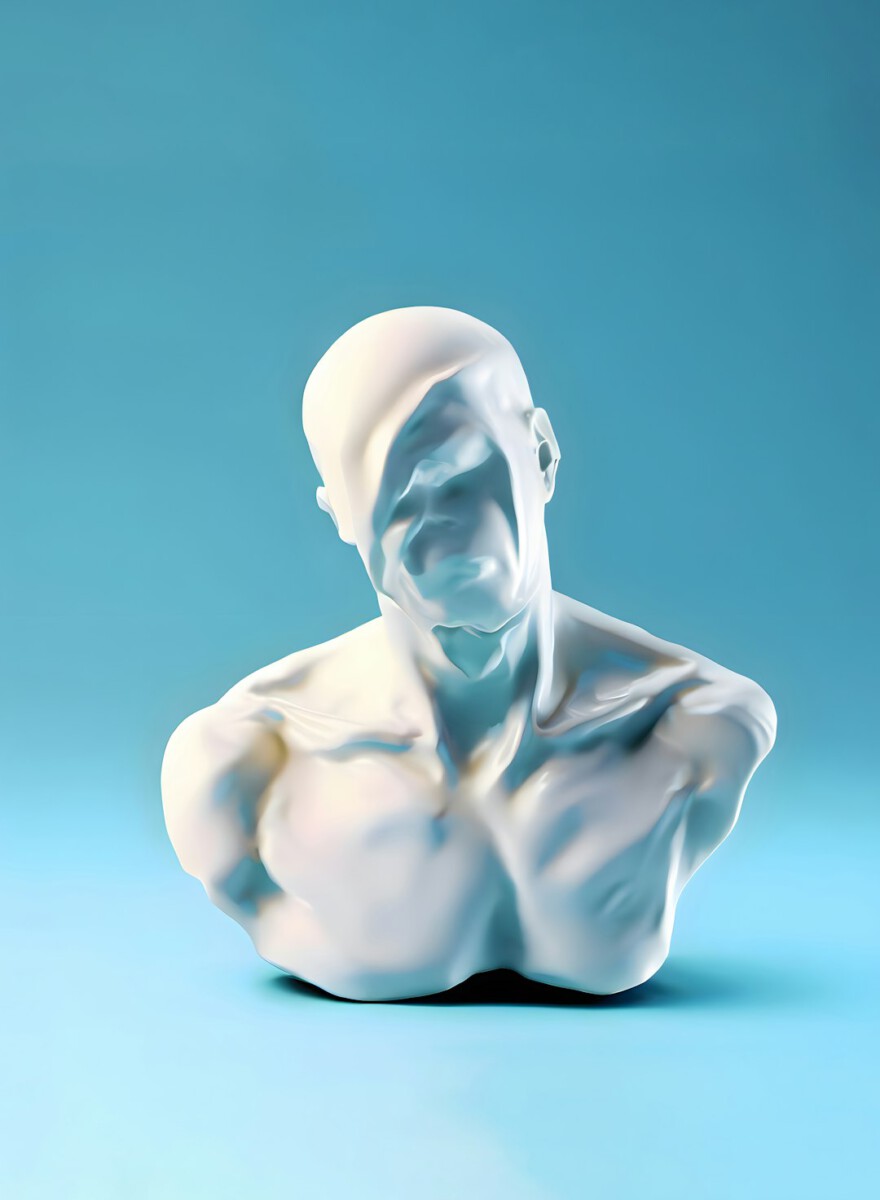The Hidden Toll of Space on Human Bodies (Image Credits: Unsplash)
Zurich, Switzerland – In a lab humming with the quiet focus of innovation, scientists have unlocked a way to build living muscle tissue far from Earth’s pull.
The Hidden Toll of Space on Human Bodies
Picture this: astronauts floating through missions, their muscles wasting away without gravity to fight against. It’s a silent crisis that turns strong explorers into frail figures over time. Every long-haul trip to space chips away at bone density and muscle strength, raising risks for heart issues and more.
That’s why protecting crew health isn’t just nice – it’s essential for pushing humanity’s frontiers. Without solid countermeasures, dreams of Mars colonies stay grounded. Researchers know they need better tools to mimic and combat these effects right here, or up there.
Recent work shines a light on this urgency, showing how microgravity reshapes the body in ways we can’t fully replicate on Earth.
A Bold Leap in Lab Tech
Hold on – ETH Zurich’s team just pulled off something wild. They 3D printed intricate muscle fibers in simulated zero gravity, a first that feels like science fiction turning real. This isn’t basic printing; it’s crafting living tissue with cells that could pulse and grow just like ours.
The experiment happened during parabolic flights, those rollercoaster rides that create brief windows of weightlessness. In those moments, the bio-ink – a mix of gel and stem cells – flowed freely without sagging under Earth’s force. The result? Tissues that hold their shape better than anything tried before.
It’s a hook into the future, where space labs might churn out custom fixes for weary travelers.
Step by Step: The Printing Process
Getting to this point took clever engineering. The team started with stem cells turned into muscle precursors, blended into a supportive hydrogel. Then, in microgravity, a specialized printer layered them precisely, layer by layer.
Normally, gravity pulls at the wet material, causing collapses or uneven builds. But up in that floaty phase, everything aligned perfectly. Cells settled in, ready to mature into functional muscle.
Short bursts of zero-g, about 20 seconds each, added up to enough time for viable samples. It’s proof that delicate bio-structures thrive without weight’s interference.
Why This Matters for Space Missions
For upcoming voyages, like those to the Moon or beyond, this tech could test drugs on real-ish muscle models. Imagine screening meds that prevent atrophy before they hit an astronaut’s system. It cuts risks and speeds solutions.
Current fixes, like intense workouts or supplements, only go so far. Printed tissues offer a dynamic way to study how zero-g hits cells directly. Plus, it paves the road for on-orbit repairs, where printers could whip up tissue patches mid-flight.
- Targeted drug trials in space-like conditions
- Personalized therapies for individual crew needs
- Reduced reliance on Earth-supplied meds
- Insights into aging and muscle diseases back home
Bigger Dreams: Organs in Orbit
This muscle breakthrough hints at grander goals. Growing full organs in space? It’s on the horizon. Microgravity lets tissues form without scars or distortions that plague Earth-based prints.
Think hearts or livers cultured freely, then brought back for transplants. Or even sustaining life on distant worlds with self-grown spares. The ETH team eyes this as a step toward sustainable space health.
Challenges remain, like keeping cells alive long-term, but the momentum builds excitement across labs worldwide.
Challenges and Next Steps
Not everything’s smooth yet. Parabolic flights give fleeting zero-g, so scaling to full missions needs orbital printers. Ensuring tissues stay viable post-print is another hurdle.
Still, partnerships with space agencies could fast-track this. Funding for bio-facilities on stations like the ISS would help refine the process.
Overcoming these will unlock safer, longer explorations. It’s about turning vulnerabilities into strengths.
Key Takeaways
- Zero-gravity printing creates more accurate muscle models for space health research.
- It enables direct testing of countermeasures against astronaut muscle loss.
- Long-term, this could lead to growing organs in space for medical breakthroughs.
As we gear up for deeper space adventures, innovations like this remind us that human limits aren’t fixed. They evolve with our ingenuity. What excites you most about printing life beyond Earth? Share your thoughts in the comments.







